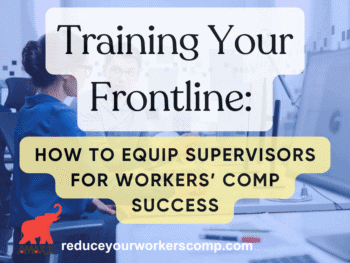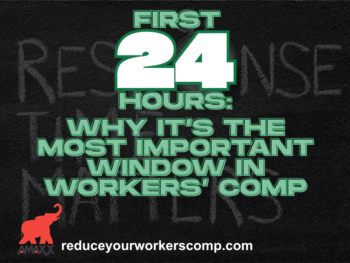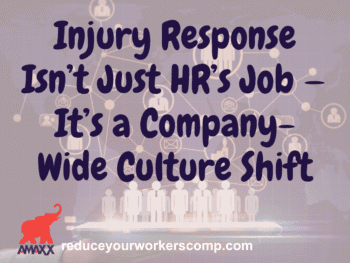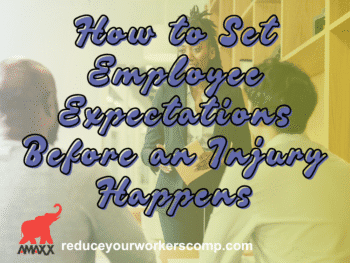Communication Methods
An effective safety program requires two-way communication: information shared with employees and feedback from employees on workplace safety hazards. All communication should be bi-lingual, if appropriate. Some suggested communication methods include employee safety meetings (all shifts), safety posters, newsletters, videos, and even a safety suggestion box.
Conduct a Thorough Workplace Assessment
An initial and ongoing workplace safety audit is an important tool in a company's safety and health program. Plant managers and their employees must analyze all worksite conditions to identify and eliminate existing or potential hazards. This must be done on a regular and timely schedule.
The assessment should evaluate your workplace with respect to safety and health regulations, generally recognized safe work practices, physical hazards and use of any hazardous materials. The assessment should be documented. There are a number of websites, including OSHA, with sample safety audit templates. Some pointers:
Hazard Correction/Safety Work Order Tracking System
1. Involve employees in this process – their knowledge of the jobs and tasks will ensure a quality assessment and will help get "buy in." Plant maintenance employees are a great source for recognizing hazards.
2. IMMEDIATELY correct hazards that are found. Don't wait for the audit to be done! Develop actions plans whenever needed.
3. Develop a system for employees to report hazards.
4. Again, it is helpful to review loss history to look for trends. "Near Misses," in which an accident didn't occur, but could have, can give a good indication of inadequate hazard controls.
5. Let employees help develop ideas on how to control and eliminate hazards in their surroundings.
6. Provide Personal Protective Equipment (PPE), where needed, and train employees on how to use it. Consult OSHA regulations for specific requirements. (workersxzcompxzkit) See Safety Resources http://reduceyourworkerscomp.com/resources.php for specific regulations.
7. Safety audits should be supplemented with safety inspections. Inspections can be informal or formal, using a checklist. Continuous inspections are performed by employees or supervisors as part of their daily routine. Planned inspections take place periodically (weekly, monthly or semi-annually) and are usually limited in scope, or specific to a site. Intermittent inspections take place on an irregular basis and are usually not scheduled (during construction activities, for example).
Author Robert Elliott, executive vice president, Amaxx Risks Solutions, Inc. has worked successfully for 20 years with many industries to reduce Workers' Compensation costs, including airlines, health care, manufacturing, printing/publishing, pharmaceuticals, retail, hospitality and manufacturing. He can be contacted at: Robert_Elliott@ReduceYourWorkersComp.com or 860-553-6604.
"FRAUD PREVENTION" PODCAST click here: http://www.workerscompkit.com/gallagher/mp3 By: Private investigator with 25 years experience.
Do not use this information without independent verification. All state laws vary. You should consult with your insurance broker or agent about workers' comp issues.
©2009 Amaxx Risk Solutions, Inc. All rights reserved under International Copyright Law. If you would like permission to reprint this material, contact Info@WorkersCompKit.com

















